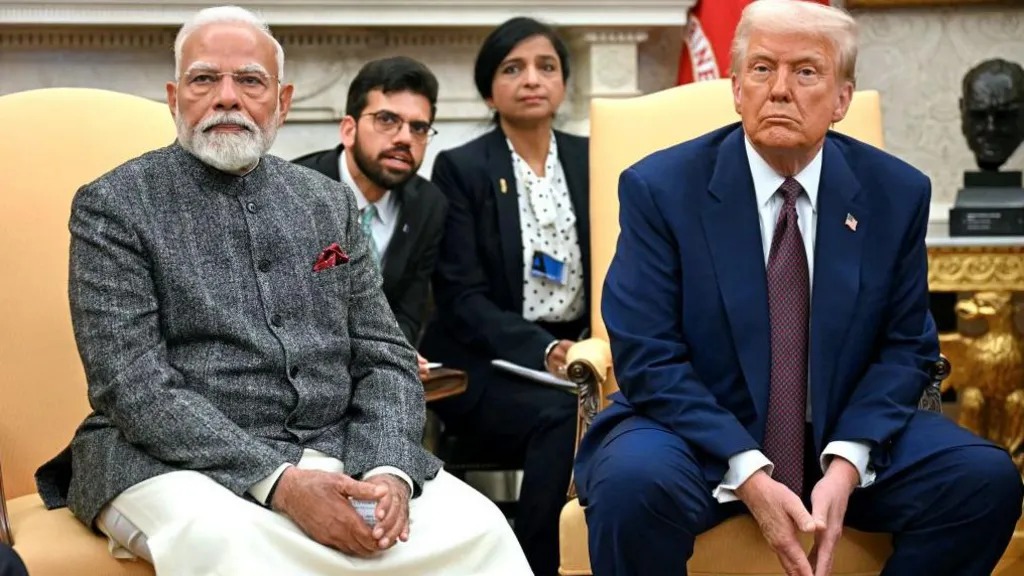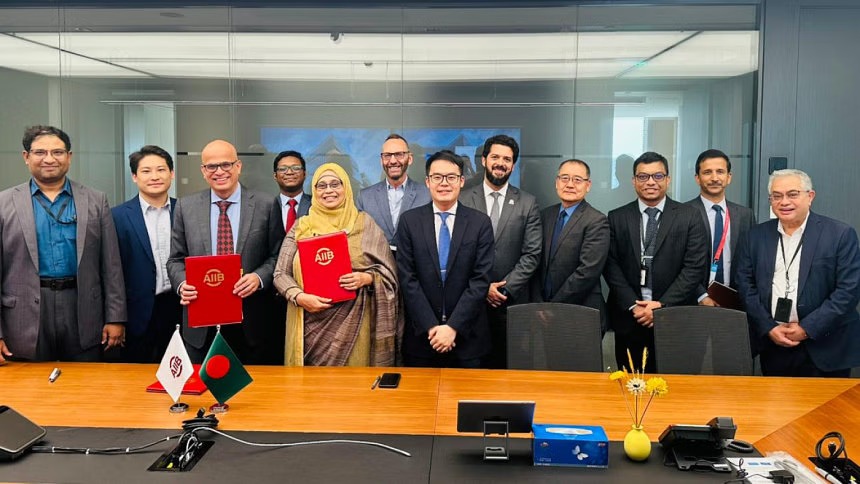- May 21, 2025
Is the 'Big, Beautiful' India-US Trade Deal Slipping Away?
- Jul Tue, 2025
- in Business

Is the 'Big, Beautiful' India-US Trade Deal Slipping Away?
With just days left before the 9 July deadline set by the Trump administration, hopes of finalising a long-anticipated India-US trade deal are increasingly mired in hard-nosed negotiations, particularly around agriculture, auto components, and steel tariffs.
White House Press Secretary Karoline Leavitt recently hinted that a deal was "imminent," while Indian Finance Minister Nirmala Sitharaman echoed optimism, calling it a “big, good, beautiful” opportunity. Yet, beneath the surface, key sticking points remain unresolved.
Indian officials have extended their stay in Washington for another round of talks. But Delhi maintains firm red lines, especially around farm and dairy protections, while the US pushes aggressively for greater market access — particularly in agriculture.
“The next seven days could determine whether India and the US settle for a limited ‘mini-deal’ or walk away from the negotiating table — at least for now,” says Ajay Srivastava, former Indian trade official and founder of Global Trade Research Initiative (GTRI).
Farm Access: The Flashpoint
The most contentious issue is agricultural access. The US wants to export more corn, cotton, soya bean, and dairy products, but India argues such concessions threaten food security and farmer livelihoods. With over 700 million people linked to agriculture in India, political stakes are high.
“Any democratically elected government will have political limits to commercial policy choices,” says Richard Rossow of the Center for Strategic and International Studies.
The US is also frustrated by India’s non-tariff barriers, especially the proliferation of Quality Control Orders (QCOs) — regulations meant to limit low-grade imports but seen by Washington as protectionist.

A Mini-Deal on the Horizon?
Despite tensions, trade experts believe a limited agreement is still likely. Modeled after the US-UK mini deal, it could include:
-
Tariff cuts on US industrial goods, such as automobiles
-
Limited agricultural access (e.g., almonds, ethanol, avocados, apples, wine, and olive oil)
-
Strategic purchases by India: aircraft, LNG, oil, and nuclear reactors
-
Eased FDI norms in multi-brand retail and e-commerce
-
Relaxation on re-manufactured goods and auto components
Such a deal would leave deeper issues — including services, digital regulations, and IP rights — for future negotiations.
A recent Niti Aayog policy paper controversially suggested tariff cuts on several US farm items, but it’s unclear if this reflects official policy or internal debate.
The Politics of Trade
At its core, the India-US trade conversation began with a clear division: the US would export capital-intensive manufactured goods, and India would focus on labour-intensive products. But that clarity appears to have eroded amid strategic pressures and election-year politics.
While a full-scale free trade agreement (FTA) remains elusive, both governments are under pressure to secure tangible wins. For President Trump, a deal would mark a symbolic diplomatic victory; for India, it could signal global cooperation while safeguarding domestic interests.
Experts believe that if talks collapse, Trump may not immediately impose harsh retaliatory tariffs on India, though surprises can't be ruled out.
"This deal, if signed, would be less of a trade revolution and more of a strategic handshake," says Srivastava. “But in today’s fractured global economy, even that can carry weight.”





